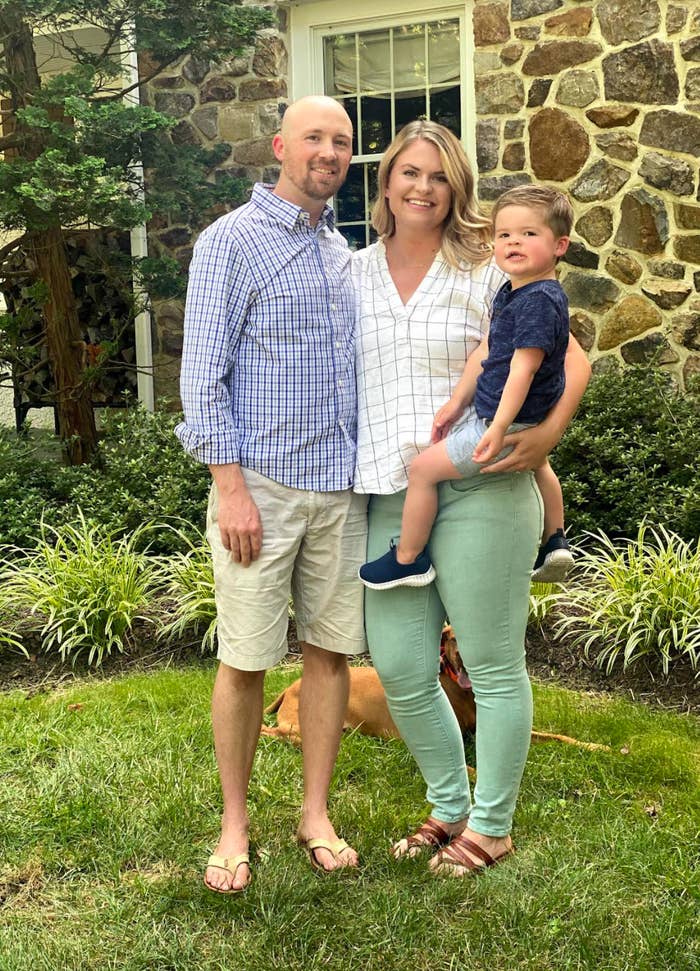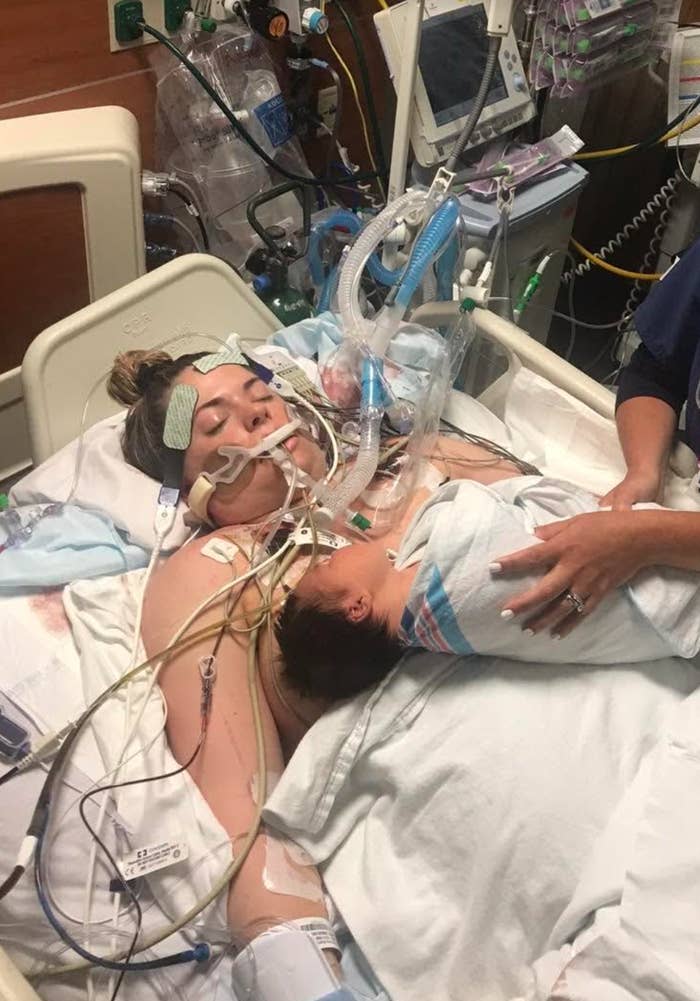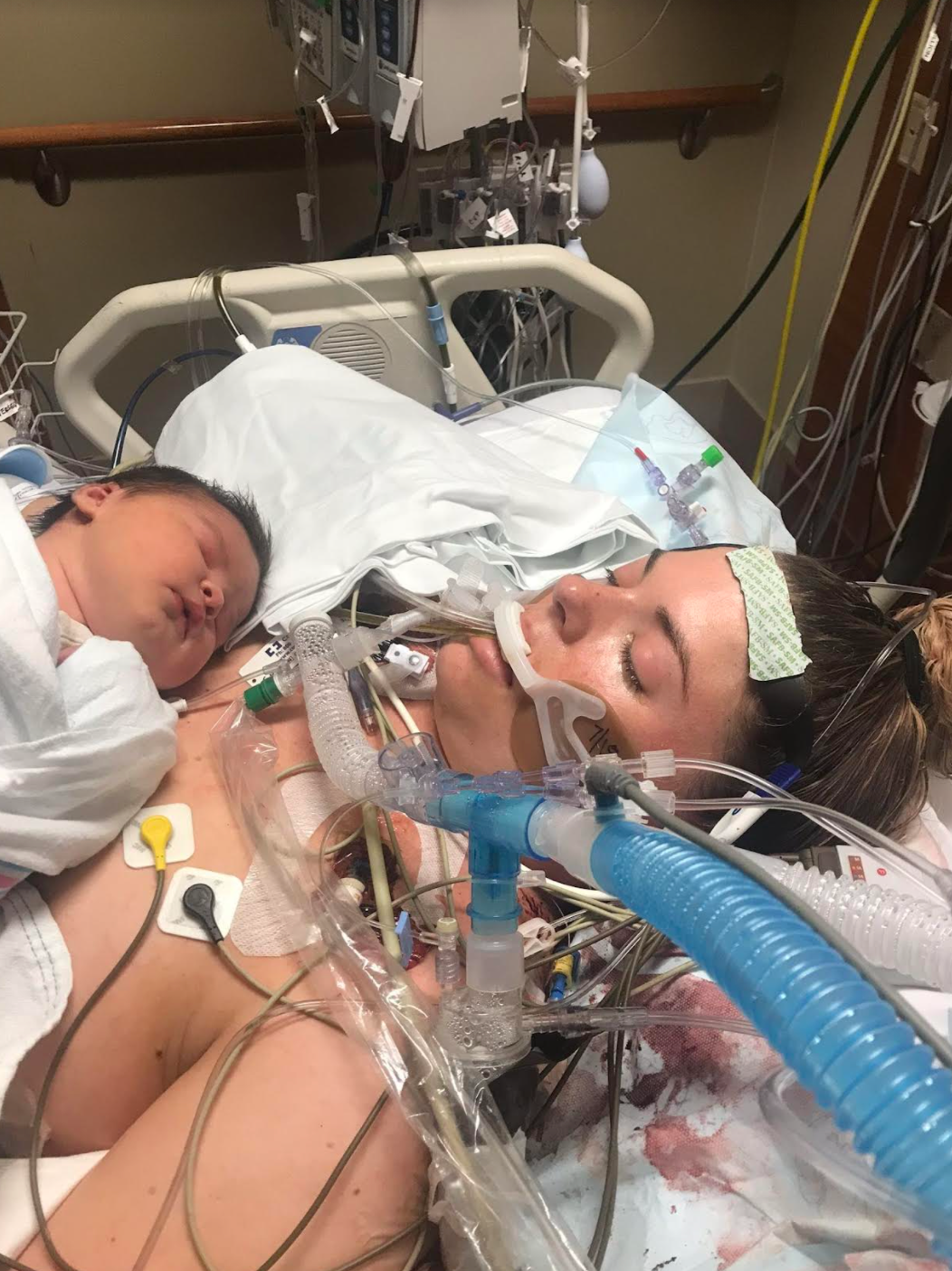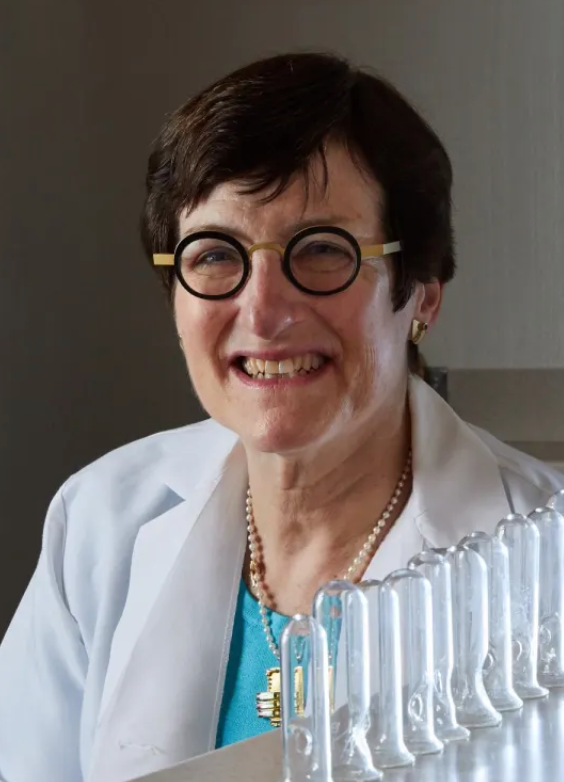Kayleigh Summers is a 31-year-old happy, healthy mom to her and her husband's 2-year-old son, Callahan...but her initial journey into motherhood started out very scary.

Kayleigh explained her story in detail to BuzzFeed, stating that during labor, she started feeling extremely ill. After stressing the issue to her nurses, she was told that what she was experiencing was normal. Kayleigh then went into cardiac arrest. "I was code blue and rushed to the operating room, where they delivered my son via emergency C-section while performing CPR on me," she said.

Thankfully, Callahan was born healthy, but, unfortunately, Kayleigh's health continued to decline. "I started bleeding out and a massive transfusion protocol had to be initiated, resulting in a total of 143 units of blood product transfused by the end of this ordeal. I also had to get a hysterectomy to combat the blood loss. Because of the AFE and blood loss, my heart and lungs weren’t performing at their full capacity, so doctors put me on ECMO, a machine to keep me oxygenated. My heart became weaker, so they implanted the Impella, a temporary heart pump that would allow my heart to rest and recover," she concluded.

What Kayleigh suffered through is called Amniotic Fluid Embolism (AFE). To get more information about AFE, BuzzFeed spoke to Dr. Mary Jane Minkin, who is a clinical professor of obstetrics, gynecology, and reproductive sciences at Yale University School of Medicine, and she's the founder of MadameOvary.com.

"What happened to Kayleigh is probably the most catastrophic thing that can be seen in labor and delivery. AFE is when amniotic fluid escapes from the uterus into the veins and into the lungs. It indeed can cause sudden cardiac arrest and a condition called DIC (disseminated intravascular coagulation). AFE can be a fatal entity, but — with resuscitation and proper medical care — some women can survive," Minkin explained.
"To explain AFE further, the cells from the amniotic fluid, including things like baby hair and skin, get directly into the mother's bloodstream and travel through the heart and lungs. These fetal tissues go into the blood vessels, and it causes this massive blood pressure shock reaction to these foreign tissues. The baby's tissue does not get stuck in the pulmonary vessels, it is more of an allergic shock reaction that causes the mother's heart and circulation to shut down. You end up with a massive blood clotting problem and the person goes into DIC, where their body starts eating up all the blood platelets and they start hemorrhaging. You can see DIC with other things, but AFE is certainly one of the most common ones. Over half of the woman who experience AFE can die — in fact, the maternal mortality rate can be as high as 80% — so Kayleigh is very lucky she survived."
